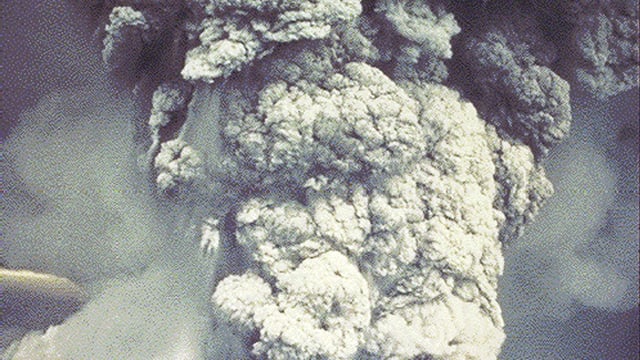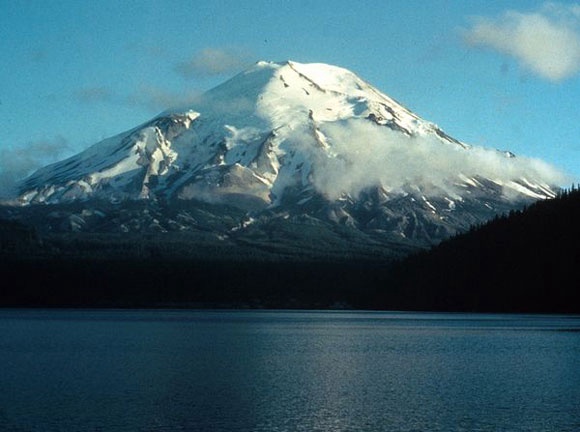Overview
- On May 18, 1980, Mount St. Helens erupted after a 5.1-magnitude earthquake, triggering the largest recorded debris avalanche and a lateral blast.
- The eruption killed 57 people, destroyed 230 square miles of land, and caused over $1 billion in damages, making it the deadliest volcanic event in U.S. history.
- The eruption's ash plume reached 80,000 feet into the atmosphere, blanketing areas up to 300 miles away and disrupting daily life and air travel.
- Scientific advancements since the eruption include the creation of five USGS volcano observatories and improved monitoring of volcanic activity.
- Recent events, such as a May 2023 debris flow that damaged infrastructure near the volcano, highlight the need for continued surveillance of Mount St. Helens.



